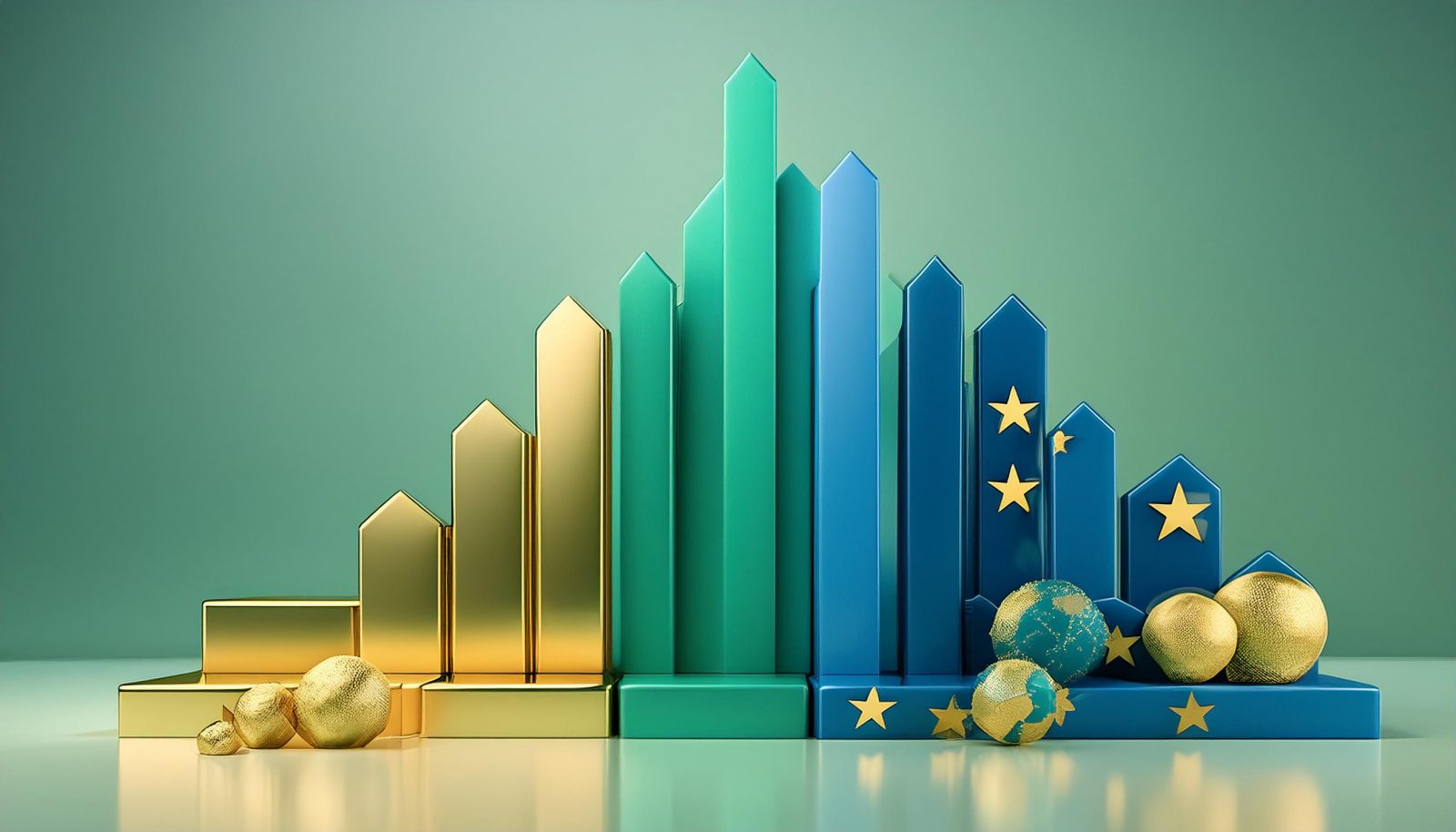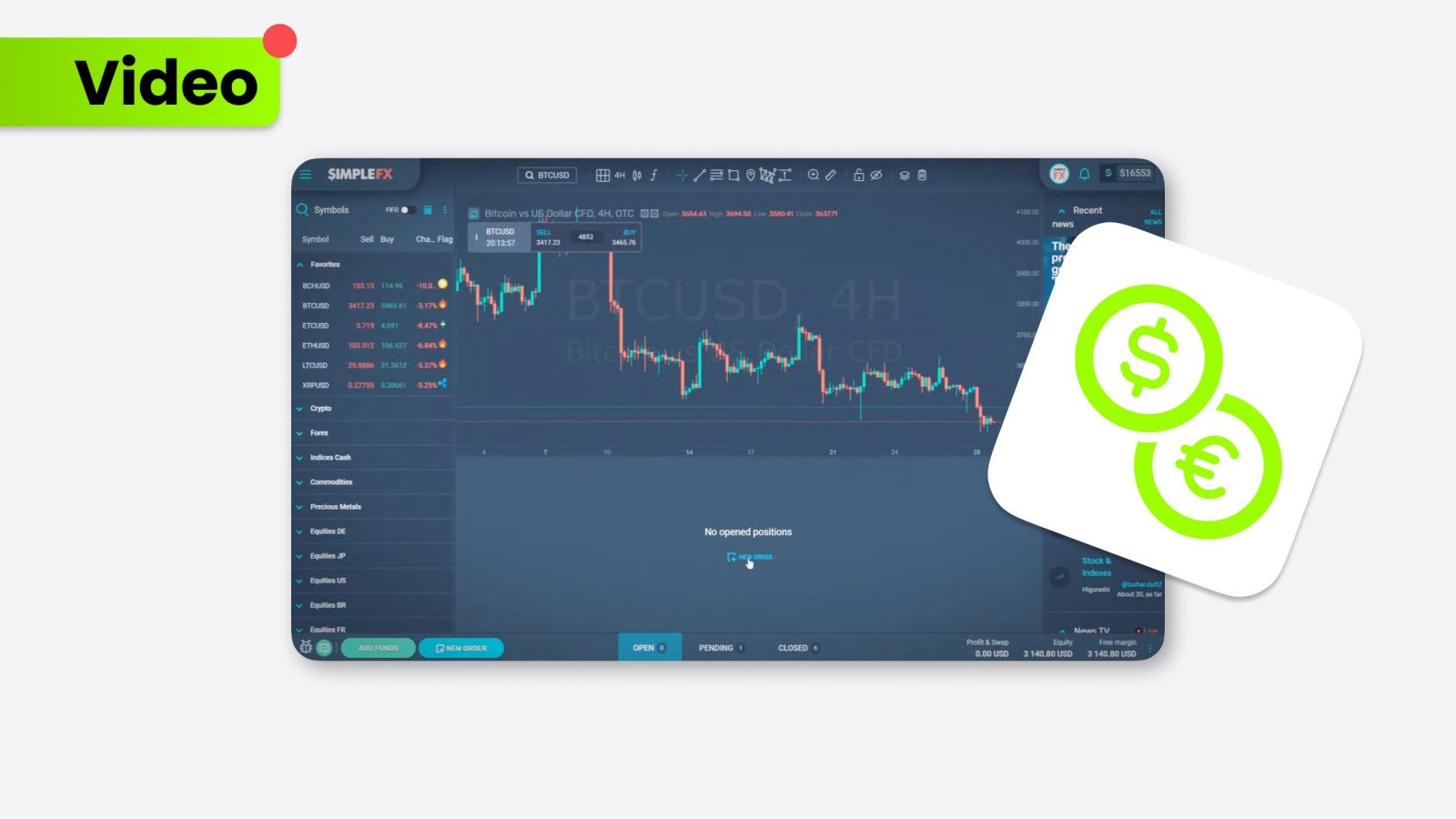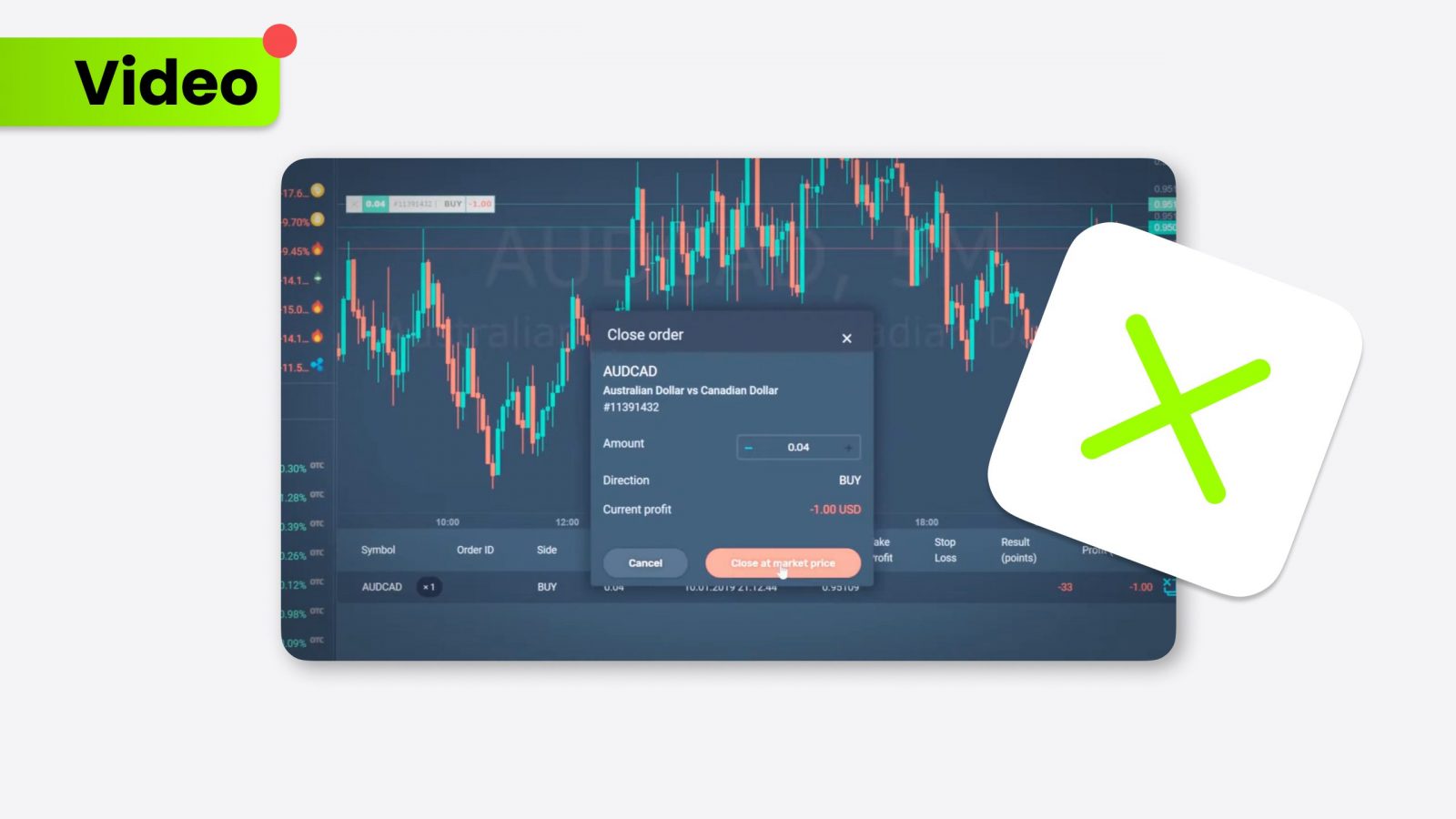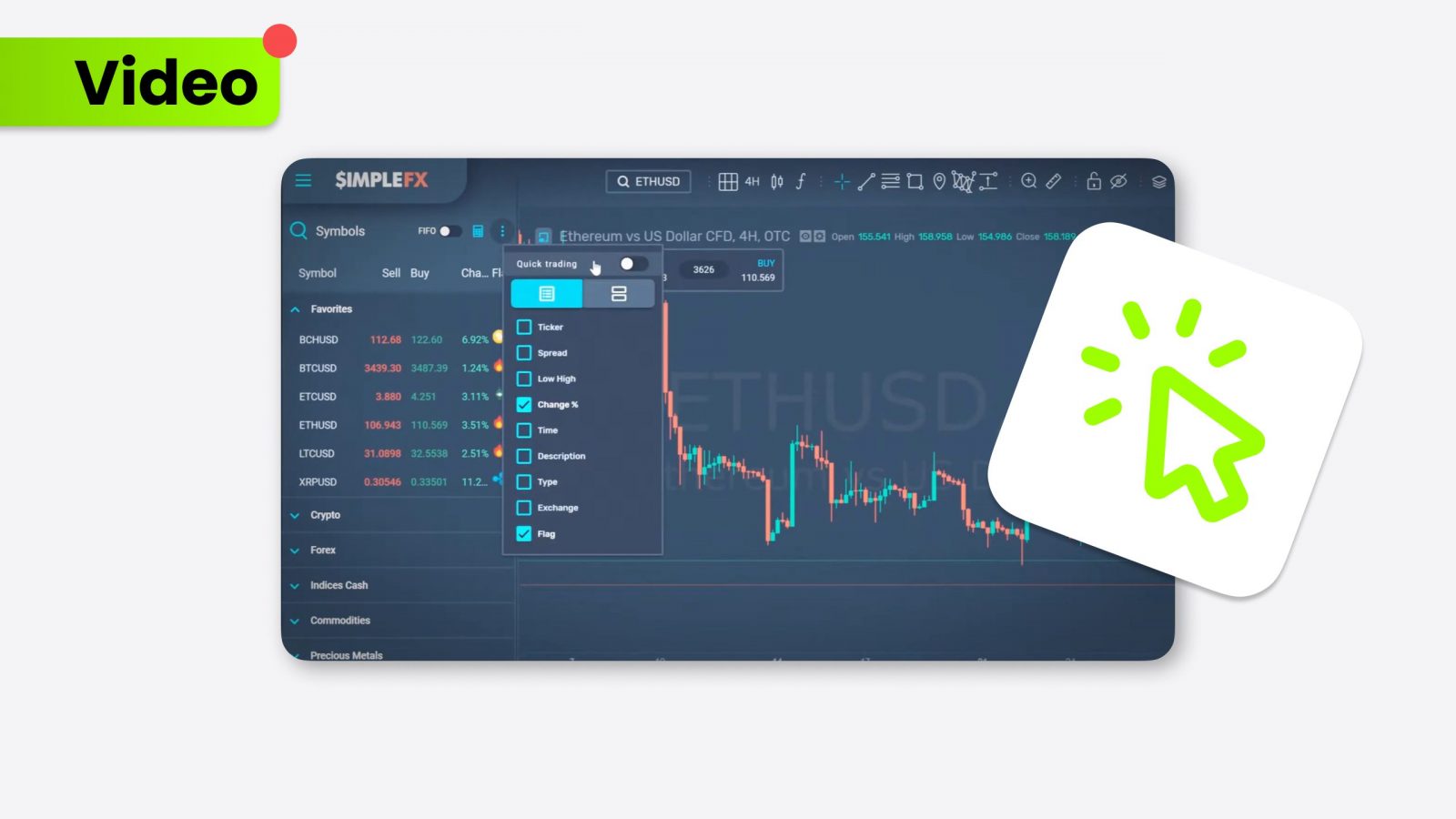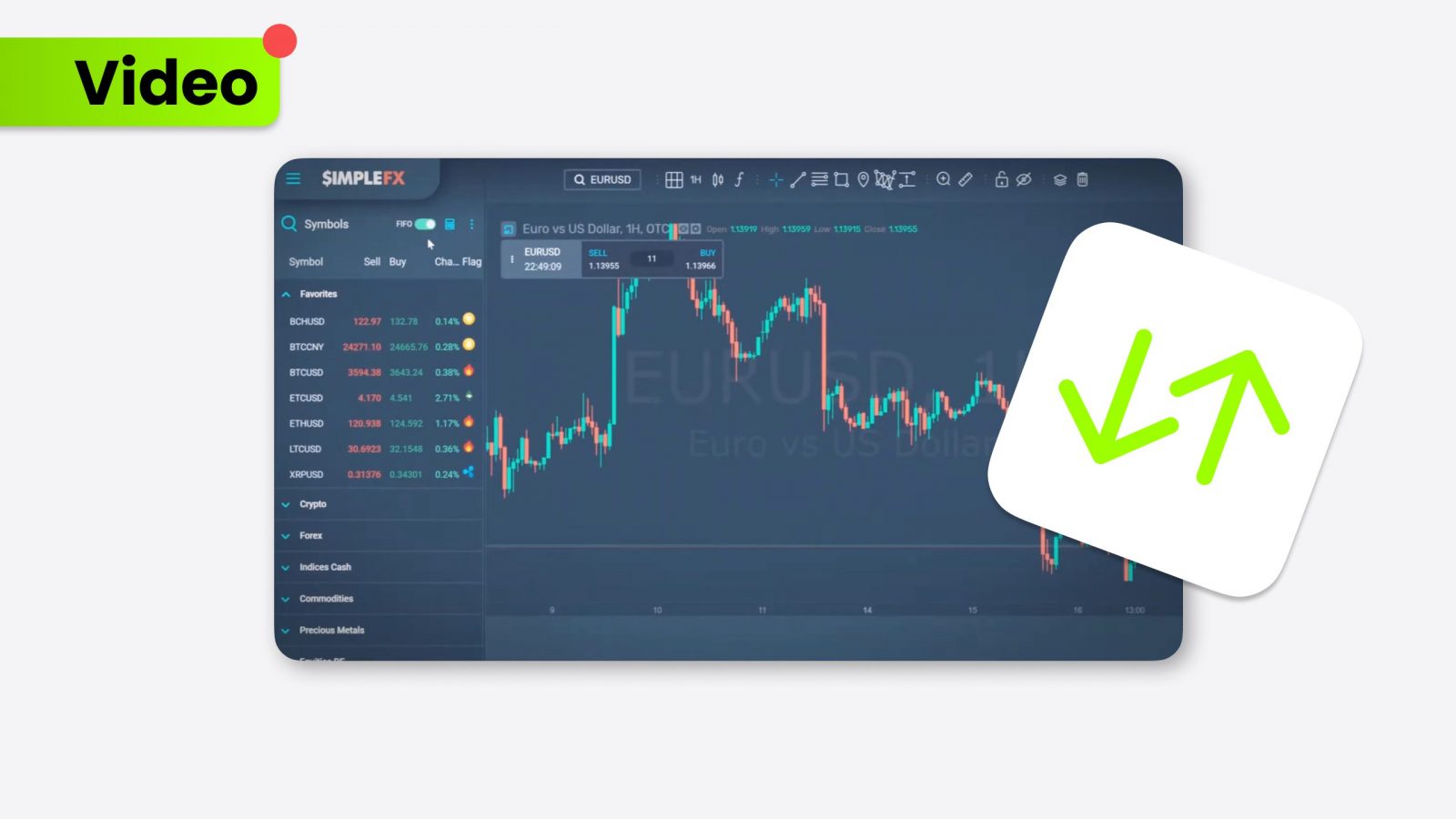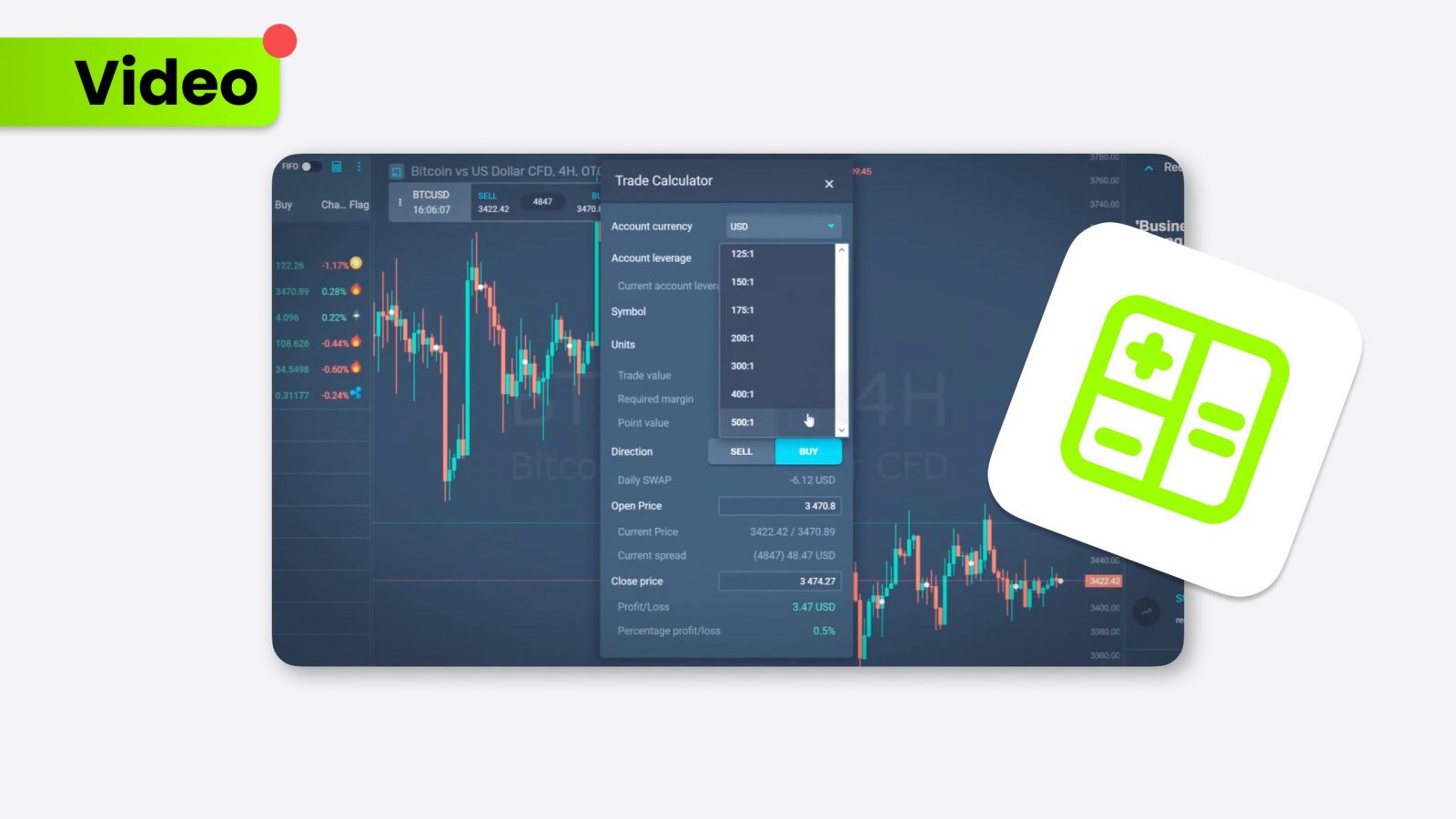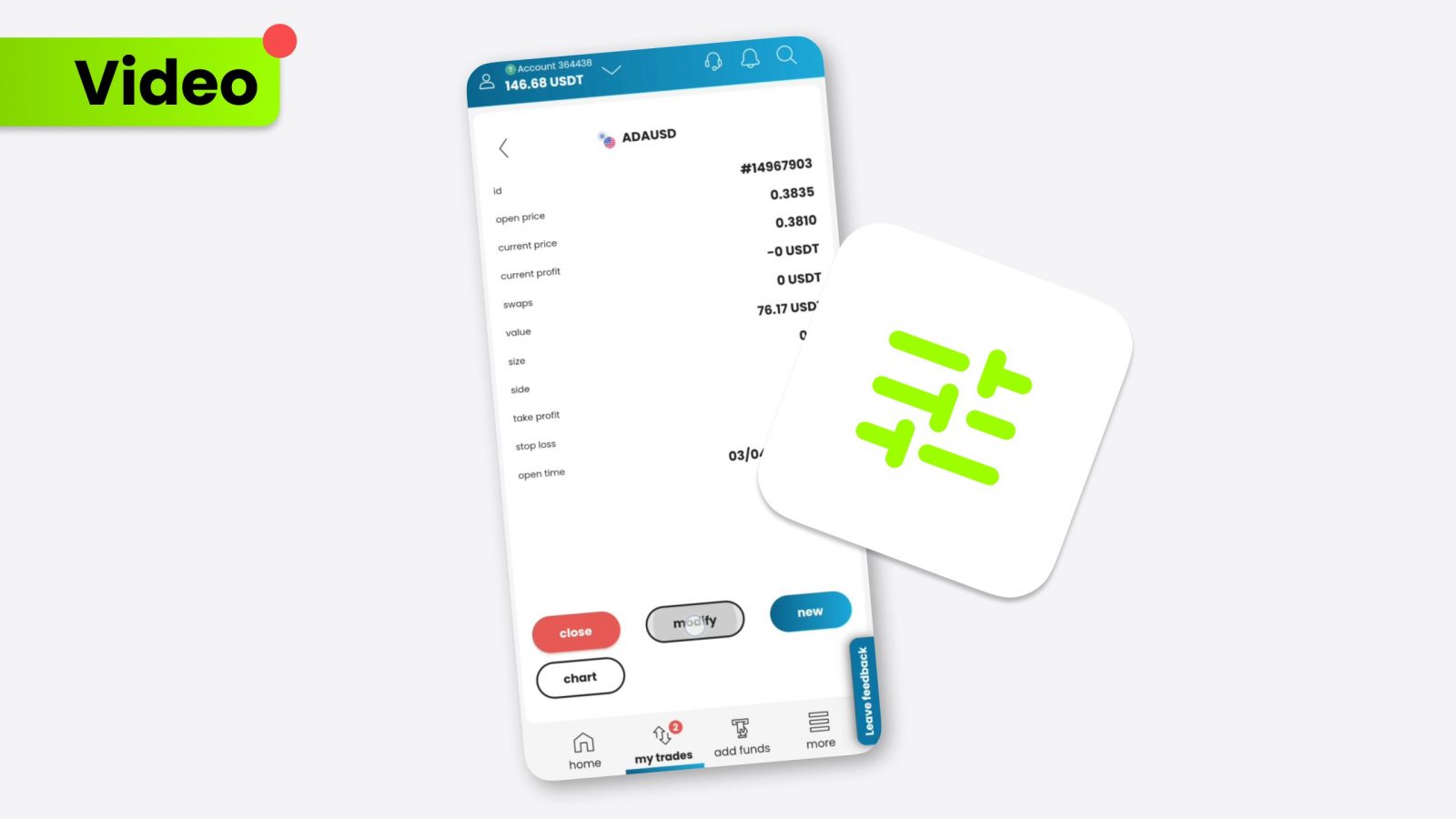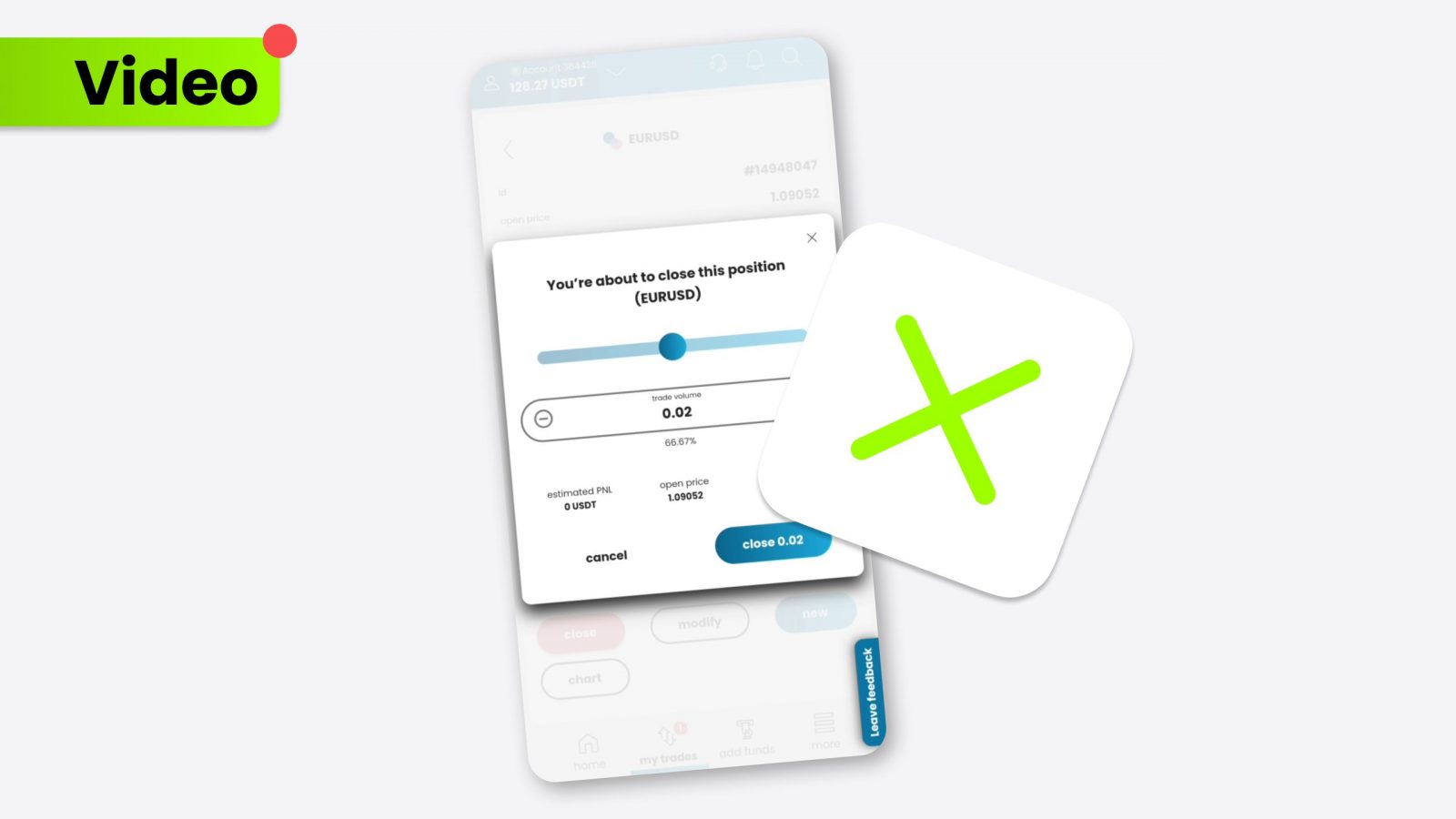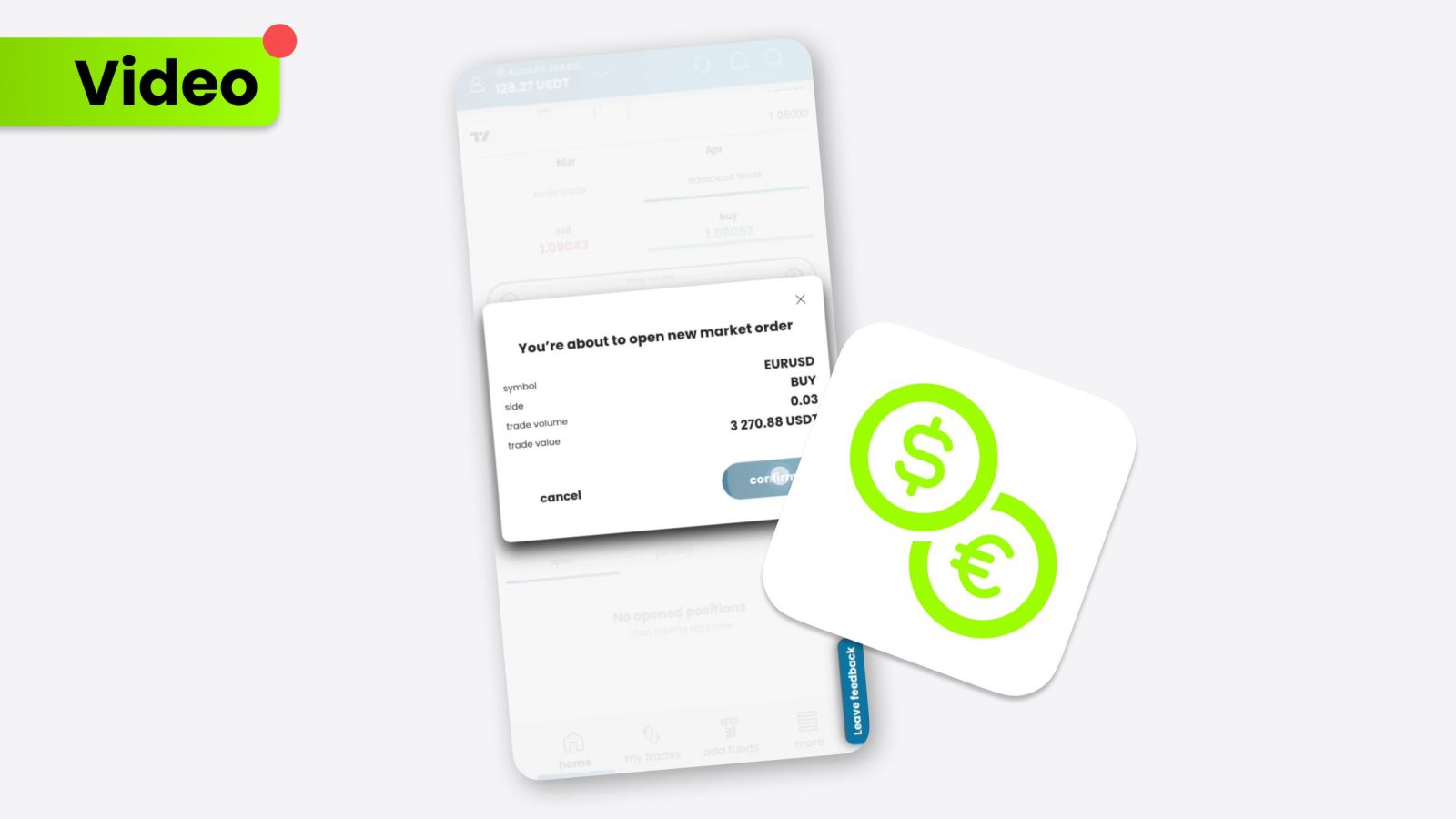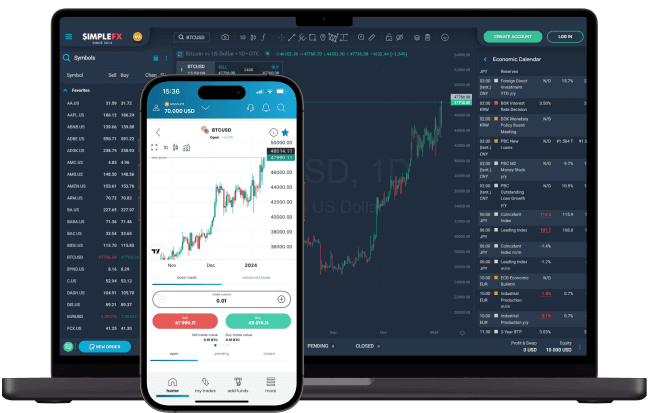Indices play a vital role in shaping the world of international trading. Their connection to equities and forex presents a potential for investors to explore this comprehensive market.
- The market treats indices as a benchmark for market trends
- Indices are directly impacted by the performance of their component stocks
- The U.S. market categorizes indices not only by country but also by size and sector of component stocks
- Global forex rates and the health of the U.S. economy heavily influence the movements of equity indices futures
Indices: Meaning
Indices are benchmarks or indicators of the performance of a specific section of the stock market. They aggregate the value of selected stocks to present the overall health of this group. Indices play a crucial role by providing a historical context to the market’s movement. As a result, traders can identify potential trends based on past and present data.
When talking about the plural form of the word “index,” we can use “indexes” and “indices.” Both forms are acceptable.
The Standard and Poor 500 and NASDAQ are among the most recognized American indices. The S&P500 is an index of 500 of the largest publicly traded companies in the U.S. Another major index, the NASDAQ, primarily includes technology giants and is a global electronic marketplace for buying and selling securities.
These indices are not just abstract concepts but are closely connected to everyday investment decisions and the broader economy. For example, companies like NVIDIA and Tesla are part of these indices. NVIDIA, a significant player in the graphics processing unit (GPU) market, is part of the S&P500 and NASDAQ, reflecting its significant role in the tech industry.
Tight connection between indices and equities
The relationship between indices and equities is integral to understanding market dynamics. This connection means that the movement in individual stock prices impacts the overall index value. As a result, indices become a crucial barometer for the health of the equity market.
European indices such as the DAX40 and STOXX50 serve as prime examples of this reliance. The DAX40 includes 40 of the largest companies on the Frankfurt Stock Exchange. Major companies like Allianz, a leader in insurance and asset management, significantly influence the index based on their stock performance. Similarly, the STOXX50, which features 50 significant European stocks, includes high-profile names like Louis Vuitton. The luxury brand’s stock performance can move the index due to its market cap and influence in the European market.
Moreover, indices and equities heavily rely on the forex market. Currency fluctuations can change the market value of equities when converted from local currencies to global standards, such as the U.S. Dollar.
For example, a weakening euro might make European stocks less attractive to foreign investors, potentially lowering indices like the DAX40 and STOXX50. On the other hand, a strong euro could boost these indices by increasing the global purchasing power of European equities.
Indices futures explained
Indices futures are financial contracts that obligate the buyer to purchase and the seller to sell a specific index at a predetermined price on a specified future date.
Asian indices like the HSI50 and NIKKEI225 are popular bases for futures contracts. The HIS50 tracks the performance of the top 50 largest companies in Hong Kong, offering a complex view of the market dynamics in the region. The NIKKEI225, representing 225 top-rated companies listed on the Tokyo Stock Exchange, include giants like Toyota. By trading futures, investors can bet on the future performance of these indices, influenced by factors like Toyota’s earnings reports or broader economic indicators in Asia.
Moreover, the concept of futures extends beyond financial indices to include commodities and metals. Similar to index futures, commodities – like those for oil, gold, or agricultural products – allow traders to link prices. Traders heavily engage with these instruments to manage price risk in volatile markets.
How to categorize stock market indices futures?
Stock market indices futures can be broadly categorized by geographical regions or specific factors influencing their composition and focus.
Indexes are typically distinguished by the country they represent, such as the FTSE100. This index tracks the 100 largest companies listed on the London Stock Exchange.
However, the United States offers a more granular categorization of its indices, reflecting varied sectors and company sizes. For example, the DJI30 includes thirty prominent, publicly owned companies based in the United States. On the other hand, the RUSSELL2000 focuses on smaller-cap domestic firms. This division provides a different market perspective compared to the large-cap indices like the S&P500 and NASDAQ.
Moreover, indices are not the only class where traders come across such segmentation. Cryptocurrencies are differentiated not just by currency type but also by the underlying technologies, such as proof of work (PoW) and proof of stake (PoS).
The two biggest cryptocurrencies – Bitcoin and Ethereum – use different technologies. BTC is based on proof of work, while Ethereum is fixed with proof of stake.
What moves equity indices futures?
Equity indices futures are impacted by complex factors ranging from market sentiment to economic indicators. Understanding what drives these movements is vital for traders looking to identify potential trends in the market.
The performance of companies within an index directly affects the futures of these indices. For example, sectors like clean energy equities have gained prominence due to increasing interest in sustainability, affecting indices that track this sector. Changes in the performance of these companies can lead to significant movements in the overall index futures.
Forex rates are another critical factor, as they impact the valuation of multinational companies. Fluctuations in major pairs, such as the Australian dollar to the U.S. dollar and GBPUSD, can affect ASX200 and FTSE100, respectively. These can influence the financial performance of companies with international operations, thereby affecting the indices in which these companies are listed.
Traders should also keep tabs on the broader U.S. economy when analyzing equity indices futures. Economic reports such as NFP, FOMC, and CPI can impact market sentiment. A stronger USD, for example, can reduce the overseas earnings of U.S. companies when converted back to their home currency. As a result, it may lower rates of stocks and indices.
Conclusion
Understanding equity indices futures is crucial for traders. Each index reflects the relationship between global equities, forex rates, and economic health. From the role of major American indices to the influence of currency fluctuations and economic data, these futures stand as a benchmark for novice and seasoned investors.






